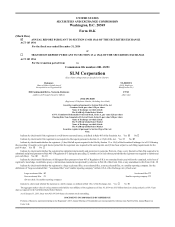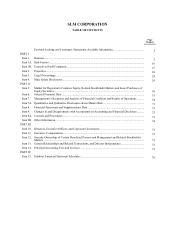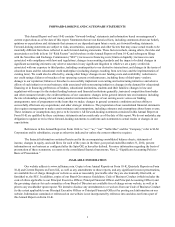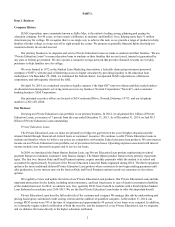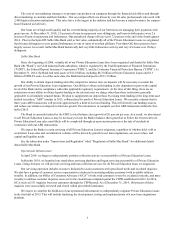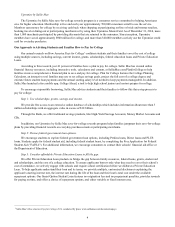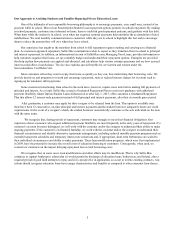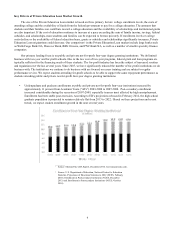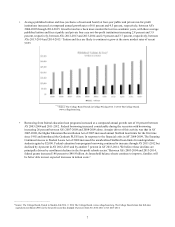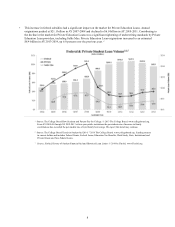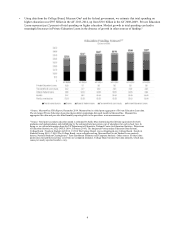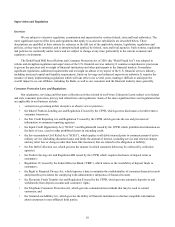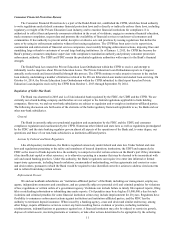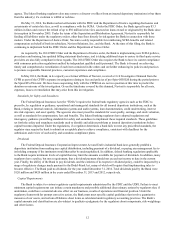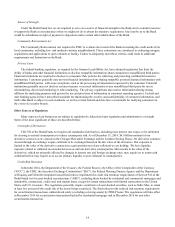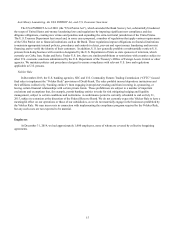Sallie Mae 2014 Annual Report Download - page 7
Download and view the complete annual report
Please find page 7 of the 2014 Sallie Mae annual report below. You can navigate through the pages in the report by either clicking on the pages listed below, or by using the keyword search tool below to find specific information within the annual report.Our Approach to Assisting Students and Families Repaying Private Education Loans
One of the hallmarks of our responsible borrowing philosophy is to encourage payments, even small ones, instead of no
payment while in school. Most of our Smart Option Student Loan repayment options promote in-school repayment. By making
in-school payments, customers stay informed on loans, learn to establish good repayment patterns, and graduate with less debt.
When done while the student is in school, even when not required, nominal payments help minimize the accumulation of total
indebtedness. We send monthly communications to customers while they are in school to highlight this fact and to encourage
them to reduce the amount they will owe when they leave school.
Our experience has taught us the transition from school to full repayment requires making and carrying out a financial
plan. As customers approach repayment, Sallie Mae communicates what to expect as they transition from in-school to principal
and interest repayment. In addition, an informational section of SallieMae.com, Managing Your Loans, provides information to
help customers organize their loans, set up a monthly budget and understand their repayment options. Examples are provided
that help explain how payments are applied and allocated, and calculators help visitors estimate payments and see how accrued
interest could affect a loan balance. The site also explains special benefits for servicemen and women under the
Servicemembers Civil Relief Act.
Most customers tell us they want to repay their loans as quickly as they can, thus minimizing their borrowing costs. We
provide incentives and programs to reward and encourage repayment, such as reduced interest charges for elections such as
signing up for automatic debit payments.
Some customers transitioning from school to the work force, however, require more time before making full payments of
principal and interest. As a result, Sallie Mae created a Graduated Repayment Plan to assist new graduates with additional
payment flexibility. Smart Option Student Loans disbursed on or after July 1, 2013, offer customers a Graduated Repayment
Plan that allows 12 interest-only payments instead of full principal and interest payments, after their six-month grace period.
After graduation, a customer may apply for their cosigner to be released from the loan. This option is available once
there have been 12 consecutive, on-time principal and interest payments and the student borrower adequately meets our credit
requirements. In the event of a cosigner’s death, the student borrower automatically continues as the sole individual on the loan
with the same terms.
We recognize that, during periods of repayment, customers may struggle to meet their financial obligations. Our
experience shows customers who request additional payment flexibility are most frequently in the early years of repayment. If a
customer’s account becomes delinquent, we will work with the customer and/or the cosigner to understand their ability to make
ongoing payments. If the customer is in financial hardship, we work with the customer and/or the cosigner to understand their
financial circumstances and identify alternative repayment arrangements, including reduced monthly payment programs such as
extended repayment schedules and temporary interest rate reductions and, if appropriate, short-term forbearance are scaled to
their individual circumstances and ability to make payments. These loan modification programs, which were first implemented
in 2009, have the potential to increase the overall costs of education financing to customers. Consequently, when used, we
counsel our customers on the impact delaying repayment has on total borrowing costs.
We recognize that, in some cases, loan modifications and other efforts may be insufficient. That is why Sallie Mae
continues to support bankruptcy reform that (i) would permit the discharge of education loans, both private and federal, after a
required period of good faith attempts to repay and (ii) is prospective in application, so as not to rewrite existing contracts. Any
reform should recognize education loans have unique characteristics and benefits as compared to other consumer loan classes.
5

